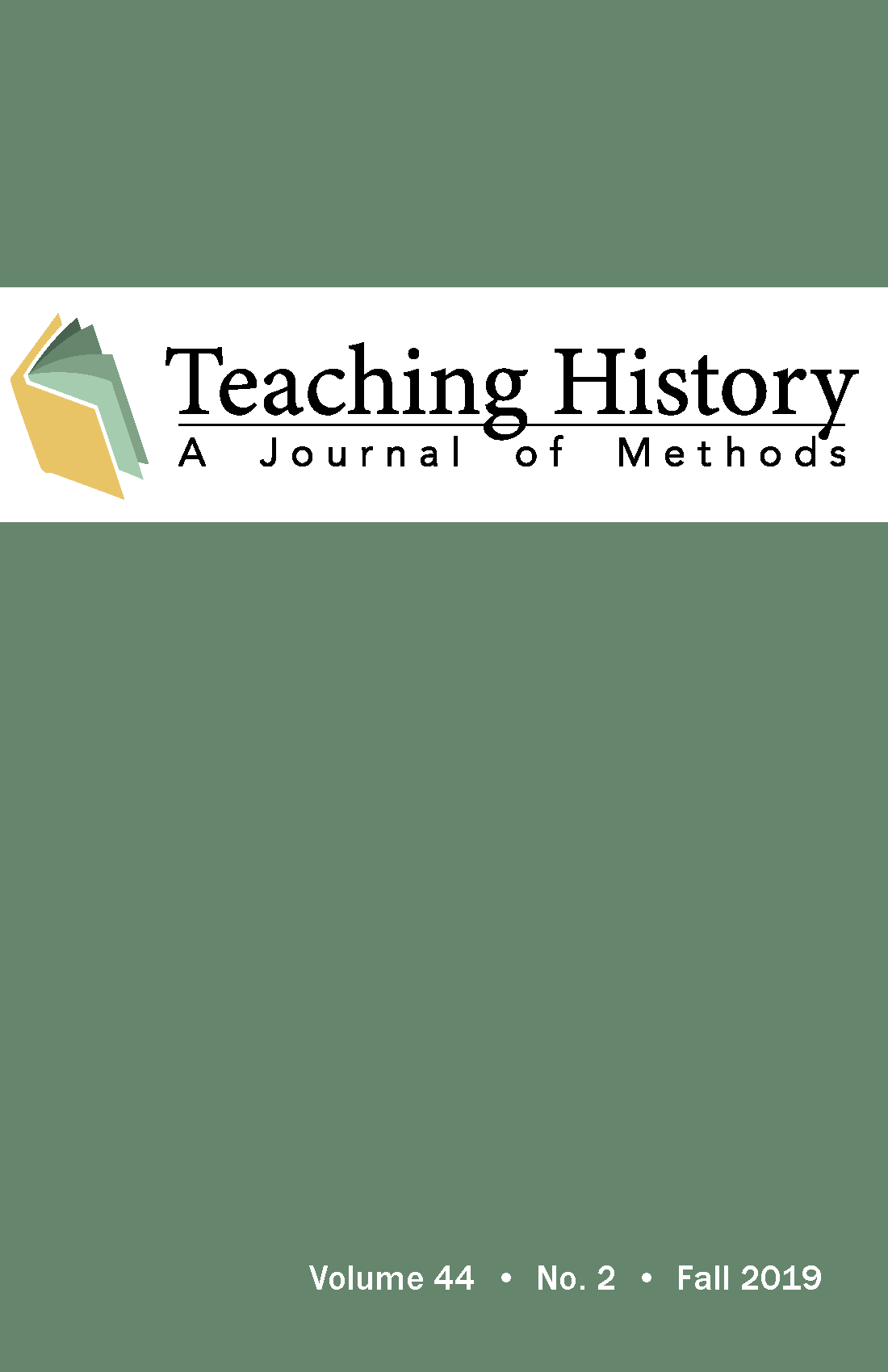But Which One is Right?: Using Competing Interpretations of Easter Island to Teach Historiographical Thinking
DOI:
https://doi.org/10.33043/TH.44.2.5-33Abstract
Many history education scholars argue that high school and college history students should not just learn content—information about “what happened” in the past—but also learn how to “do” history. Thus, students should hone various skills to become more mature historical thinkers, researchers, and writers. One such skill is what might be called “historiographical thinking,” which (among other capacities) involves the ability to grasp, compare, and assess competing historical interpretations of a given topic. This article offers theoretical justification for teaching historiographical thinking in survey courses, and then discusses a multi-day lesson built around two competing explanations of purported societal collapse on Rapa Nui (Easter Island). In this lesson, students practice deconstructing competing arguments, identifying key points of disagreement between opposing perspectives, and determining which interpretation is most compelling. In particular, the lesson emphasizes the importance of identifying an author’s agenda, and how a scholar’s underlying motives might compromise the reliability of their findings. Thus, this article offers a practical, concrete example of how to teach historiographical thinking in the high school and college classroom.
Downloads
Downloads
Published
How to Cite
Issue
Section
License
Copyright (c) 2019 Benjamin J Leff

This work is licensed under a Creative Commons Attribution-NonCommercial-NoDerivatives 4.0 International License.
By submitting to Teaching History, the author(s) agree to the terms of the Author Agreement. All authors retain copyrights associated with their article or review contributions. Beginning in 2019, all authors agree to make such contributions available under a Creative Commons Attribution-NonCommercial-NoDerivatives 4.0 International license upon publication.



